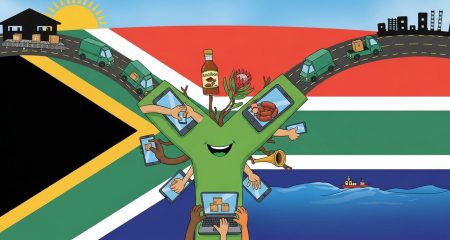Smartphones and ordinary mobile phones have rapidly swelled the number of Internet users in SA in the past year. Consequently, Internet access is finally reaching the mass market in SA.
This is the key finding of the Internet Access in SA 2012 study, conducted by World Wide Worx and backed by the Howzit MSN online portal. Released earlier this week, the report shows that the Internet user base in SA has grown from 6,8m in 2010 to 8,5m at the end of 2011 — up by about 25%.
World Wide Worx also forecasts that this strong growth will continue during 2012, and expects the local Internet user base to pass the 10m mark by the end of the year.
“These findings are a powerful signal that the demand for online content in SA is likely to explode in the coming years,” says Justin Zehmke, executive producer of Howzit MSN.
“The spotlight will not only be on online media, but also on social networking and electronic services in general. As the market grows and matures, we are likely to see a diversification in the landscape that will create space for successful niche media, a greater choice in information sources and a maturation of online services.”
Arthur Goldstuck, MD of World Wide Worx, says the Internet “has finally awoken, fully, in SA”.
“Penetration is now approaching 20% and for the first time we can see the mass market embracing digital tools on their phones.”
The study uses multiple methodologies, including primary research, interviews with providers and market intelligence. It found that a total of 7,9m South Africans access the Internet on their cellphones. Of these, almost 2,5m access it only on their cellphones and do not have access via PCs.
The remaining 6m users access the Internet on computers, laptops and tablets. However, 90% of these — or 5,4m — also access it on their cellphones.
Zehmke says this has “huge implications” for media and social networks. “It means that, in the coming years, all services offered online will also have to be offered on cellphones.”
Though smartphones are the main driver of Internet growth, the cost of data use is being driven down by the proliferation of undersea cables connecting sub-Saharan Africa with the rest of the world.
The study shows that undersea cable capacity to SA at the end of 2011 was 2,69Tbit/s and will rise to 11,9Tbit/s by the end of 2012.
“That capacity will double again in 2013,” says Goldstuck. “While the industry position is that it won’t affect prices, such an excess of supply must result in falling prices, which in turn will further drive up demand. The rapid growth we see this year will therefore be maintained through 2013.” — (c) 2012 NewsCentral Media




